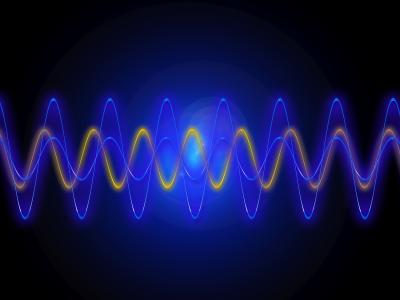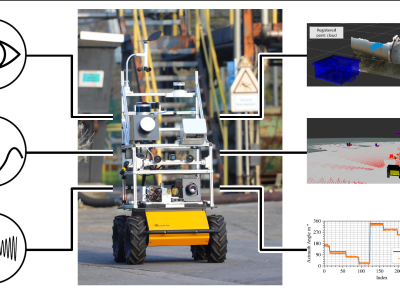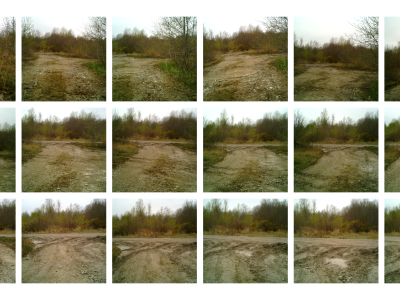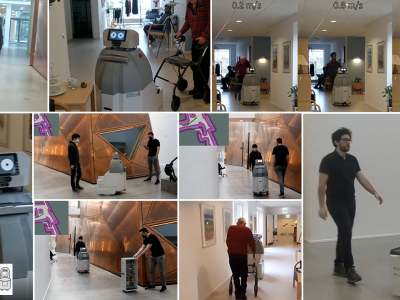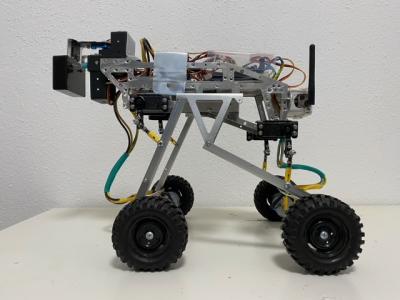
The FIDAL RB-SUMMIT Dataset contain operational and telemetry data collected from an RB-SUMMIT robot used in the FIDAL project. In this project, the robot is teleoperated through an immersive control system, allowing remote operation in real time.
FIDAL project website: https://fidal-he.eu/
- Categories:
